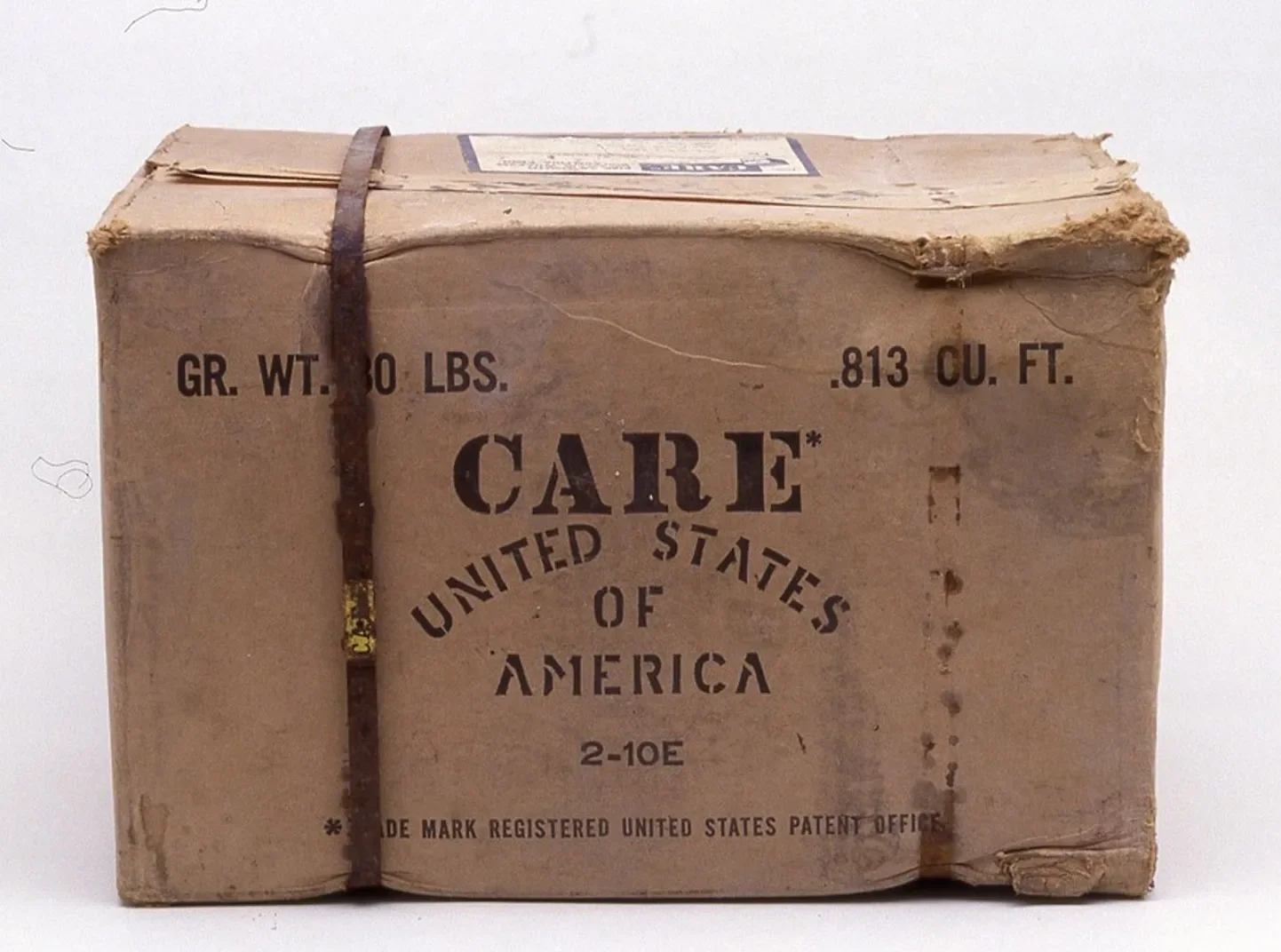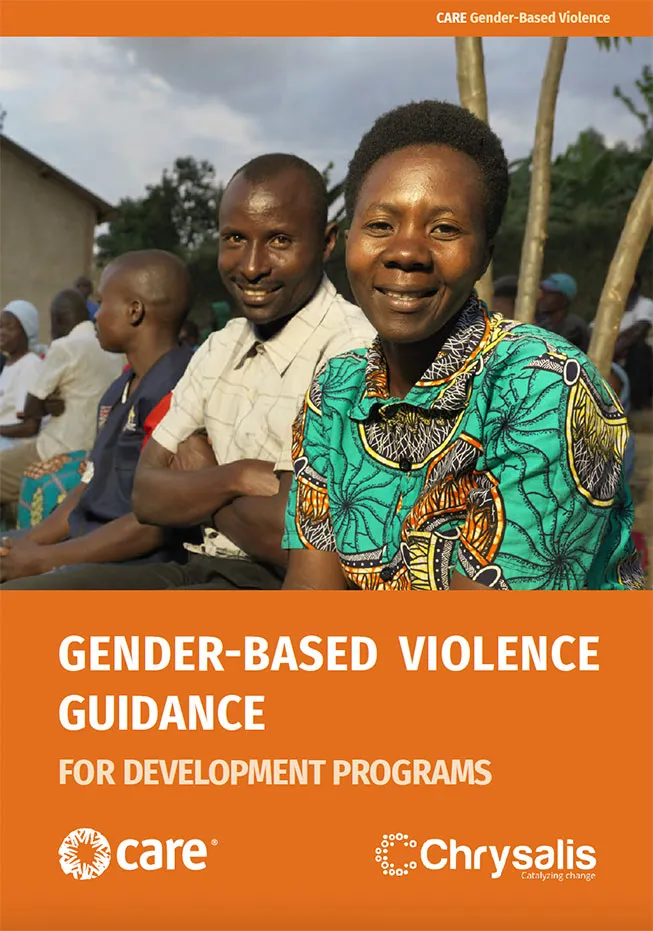About the guidance
This Guidance is for both non-GBV-specialists and specialists. It supports program staff across all impact areas to reduce GBV risks and follow ethical best practice across the project cycle. The focus of this guidance is development programming in any country where CARE works, which may include fragile, nexus and chronic contexts. It aims to complement CARE’s Gender-Based Violence in Emergencies Guidance Note, which focuses exclusively on emergency settings.
- GBV Guidance for Development Programs (full version)
CARE’s GBV Guidance is divided into two main sections. PART I supports program staff by explaining how CARE approaches GBV, outlining the ethical principles which guide CARE’s GBV work and explaining CARE’s minimum standards for integrating GBV across different types of programming. PART II supports program staff by providing detailed implementation guidance across the project cycle through CARE’s 10 steps for GBV integration and linking to supporting tools and resources. Additional versions in French, Spanish, and Arabic to be published soon. - GBV Guidance summary
A four-page overview of WHY CARE prioritizes GBV, WHO we work with, WHAT we focus on and HOW we apply this in our programming, with a summary of CARE’s minimum standards for integrating GBV across all programming and 10 steps for GBV integration.
Accompanying documents
Below, you can find accompanying resources which complement and add to CARE’s GBV Guidance for Development Programs.
GBV principles and approaches
These short accompanying resources complement and expand upon the principles and approaches outlined in the GBV Guidance.
- Roles and responsibilities of GBV and non-GBV specialists
Outlines the specific roles and responsibilities of GBV specialists and staff who are not GBV experts in relation to GBV programming. - Ethical principles for GBV programming
Describes the key principles for GBV programming, particularly the Do No Harm and a survivor-centered approaches, with examples across impact areas. - Intersectionality in GBV programming
Defines what CARE means by intersectionality and its relevance to GBV programming. - Key considerations for groups at risk of GBV
Supports staff to consider and address the different ways that diverse groups might be at risk of and experience GBV. It includes specific considerations for children and adolescents. - GBV research ethics
Puts forward ethical principles specific to conducting research and monitoring, evaluation and learning (MEAL) on GBV. It includes a checklist with recommendations for planning, implementation, and use of GBV data. - DOs & DON’Ts when responding to a GBV disclosure
Explains what staff should and should not do when an individual discloses that they have been subjected to GBV. Adapted from the GBV AoR’s Standard Operating Procedures template. - Glossary of terms
Lists key terms relating to GBV programming.
Impact Area scenarios for GBV integration
The GBV Guidance for Development Programs is accompanied by brief, illustrative scenarios detailing potential GBV risks and opportunities for intervention for each CARE impact area:
- Climate Justice
- Education
- Right to Food, Water, and Nutrition
- Right to Health
- Women’s Economic Justice
- Women’s Voice and Leadership
Some of the scenarios are based on actual CARE projects, while others are based on projects at other organizations.
GBV integration tool and resources
These tools and resources accompany PART II of the GBV Guidance for Development Programs and support staff as they work through the 10 steps for GBV integration.
- Sample GBV integration plan
Provides a template to support program staff with developing their own plan. This should be read in conjunction with PART II of the GBV Guidance for Development Programs. - Sample GBV analysis matrix
Provides a template to support program staff with developing their own GBV analysis matrix. This should be read in conjunction with PART II of the GBV Guidance for Development Programs and the resource on Key considerations for groups at risk of GBV. - Organizational policies to support GBV integration
Outlines relevant CARE policies that enable staff to respond appropriately and mitigate the risks of GBV within programs. - Staff training to support GBV integration
Outlines relevant CARE training that enables staff to appropriately and effectively integrate and implement GBV interventions. - Safety audits
Describes CARE’s safety audit process and how this may support GBV analysis. - Referral mapping tool
Supports project staff in development settings to identify services that provide care to GBV survivors. - Creating GBV communications materials
Recommends best practice approaches for the development of posters, leaflets, videos, social media graphics or any other material used to support GBV project activities or campaigns. - Sample indicators for GBV integration
Includes potential GBV indicators from CARE’s global indicators and additional potential indicators adapted from other resources.

